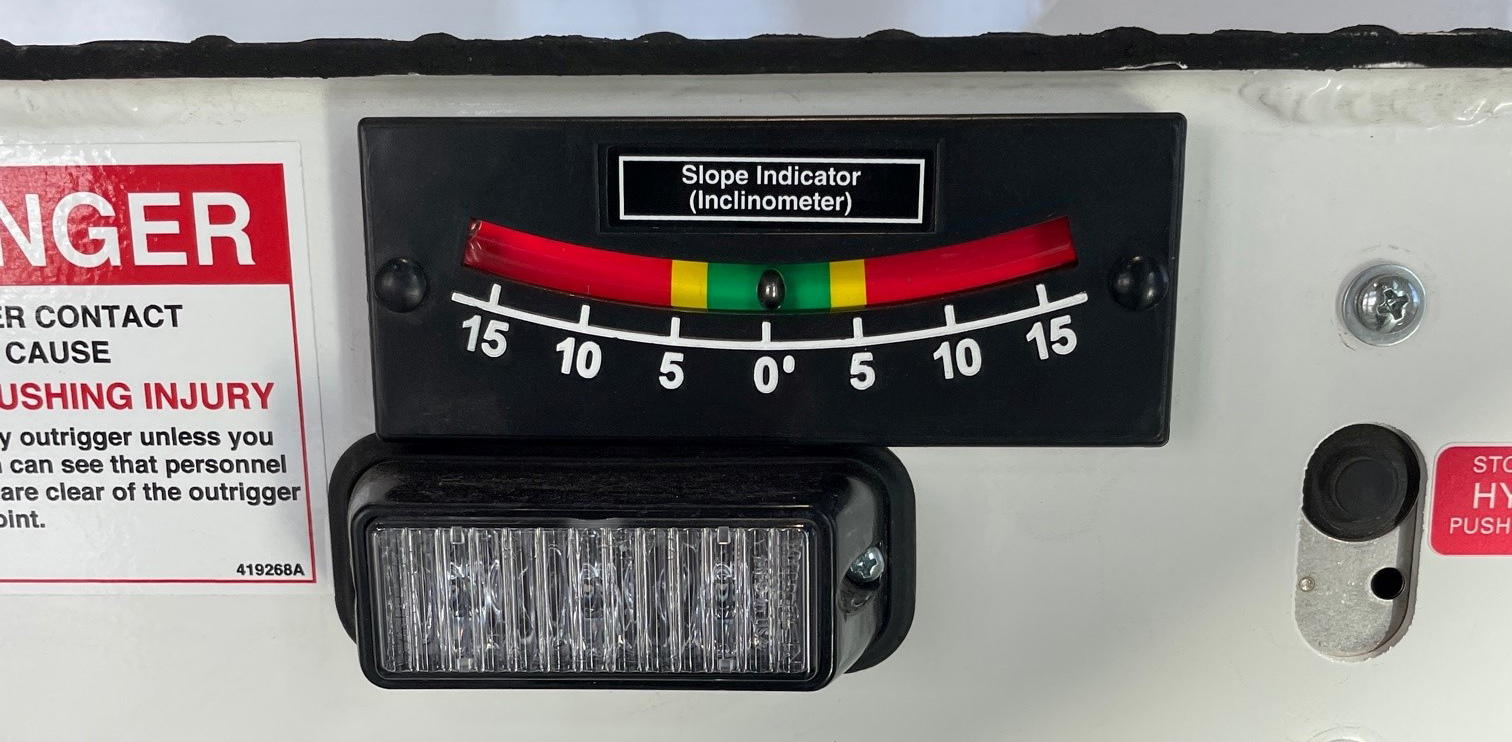Best Practices When Conducting Site Surveys

Bucket trucks and digger derricks are some of the most important machines in your equipment fleet. To maintain safe productivity on any jobsite, follow these best practices for conducting a site survey for safe set-up, operation, and care for your bucket truck. As always, refer to the manufacturer’s guidelines and the appropriate OSHA standards to effectively complete a jobsite survey.
Identify the Hazards
Identify potential hazards that you need to avoid during operation, including ditches, drop-offs, holes, debris, sewers, overhead obstructions, electrical conductors, and underground utilities. Some utilities that work in wetlands and other sensitive environments send right-of-way agents and surveyors out to the project site prior to job start-up to determine if any special permits from the Department of Natural Resources or wildlife organizations to work in the area are needed. Work closely with these groups to insure your site set-up is safe for your crew and equipment, as well as for the environment.
What about the Ground?
Determine if the ground is firm enough to support your bucket truck. If the ground is not firm enough, you need to use pads under the outriggers and crib as needed to distribute the load or reposition the truck on firm ground. If your bucket truck does not have outriggers, or is only equipped with one set, make sure all the tires and axle suspension springs are equally loaded.
Are There Any Slopes?
If the vehicle must be parked on a slope, always keep the boom on the uphill side, chock the wheels and work off the rear of the truck. Per ANSI A92.2, bucket trucks should be operated on firm, flat surfaces and never exceed a 5° slope. Use your bucket or digger derrick truck’s chassis level indicator to make sure the truck is always set within the manufacturer’s operational limits and the sequence of setting the outriggers is followed. Terex® utility trucks are equipped with a visual slope indicator that is used to determine that the truck is set-up within a safe limit.” Some units are required be level before operation.
Know Your Capacities
Know the maximum load capacities and do not exceed it at any point during operation. That means, you need to know how much each person, tool, and accessory weighs before getting into the bucket on either a bucket truck or a digger. And, you need to anticipate how much weight could be added during operation from jobsite materials that accumulate during work.
How’s the Weather?
It is also important to evaluate the site’s ambient conditions, including temperature. Operating in extreme weather conditions requires that you take extra precautions to protect your crew and truck. For more information on setting up in snowy or icy conditions, click here.

.png?sfvrsn=cfc0900d_0)